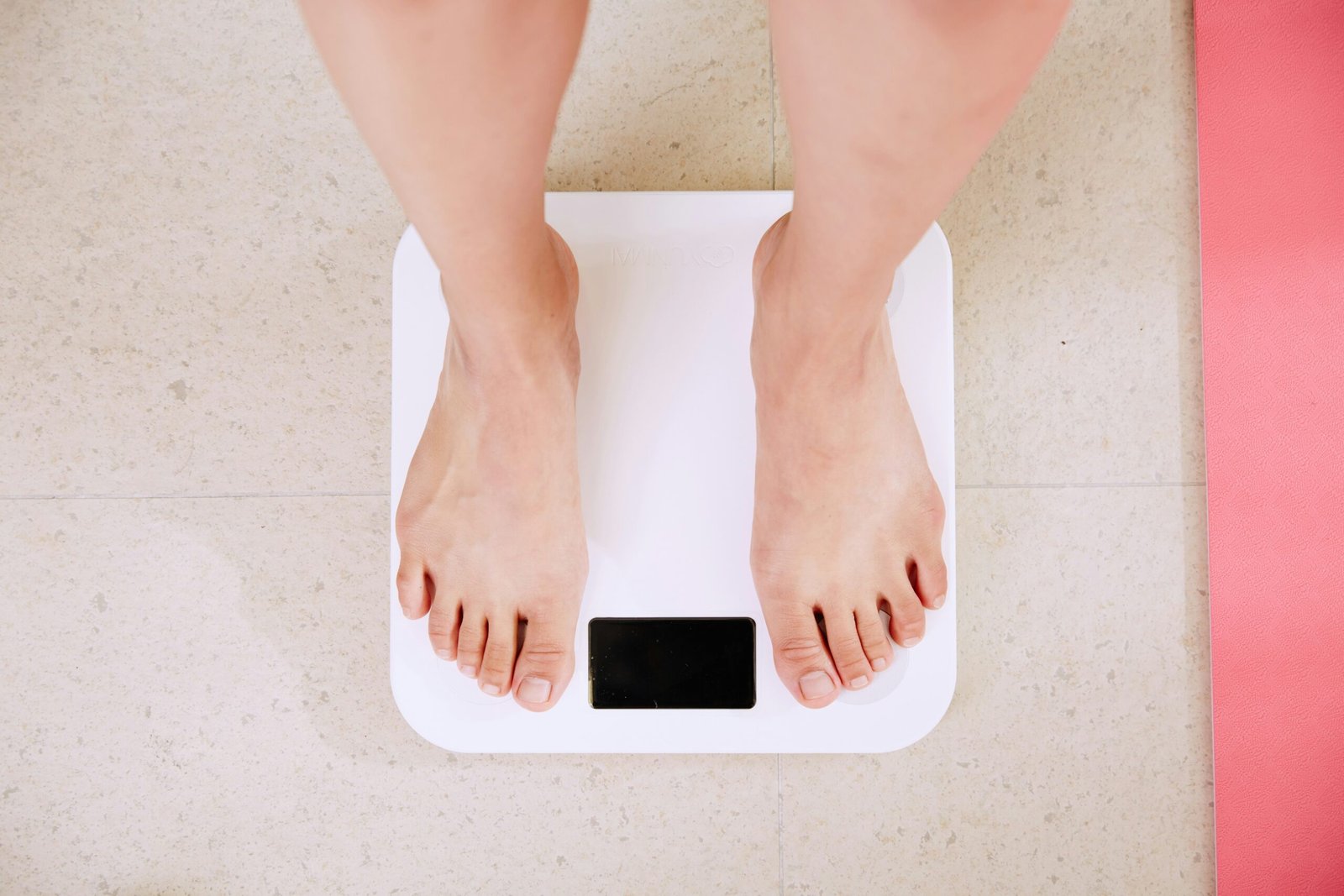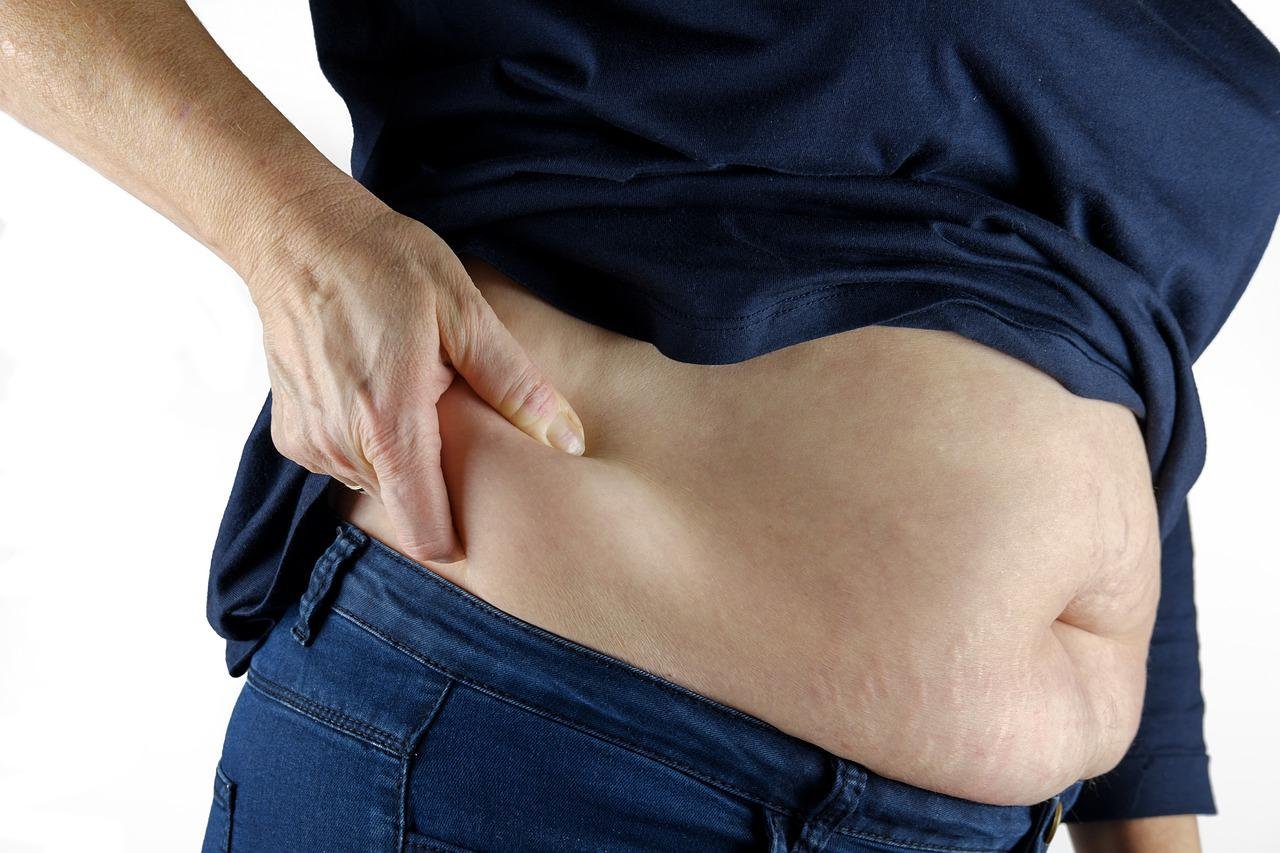About Belly Fat
Belly fat. We all have it, and we all know too much of it is not good for us. And yet, most of us are looking for the best way to lose belly fat. It’s just part of human nature to want a flat tummy and abs you could do your laundry on (though who would actually do that?).
Having a “pear shape” — more fat on your hips, butt, and thighs — is considered safer than an “apple shape,” which describes a wider waistline and too much belly fat. So what can you do to fight back?
Belly fat. We all have it.
Belly fat. Yes, all of us have some belly fat. Most of us would love to get rid of it as we believe we would look and feel so much better without it.
The truth is that belly fat isn’t just a problem for overweight people or the elderly—even young guys with six-packs can have too much belly fat. So how do you know if your gut needs trimming? That’s where this article comes in!
Visceral fat vs subcutaneous fat

You may have heard the term “visceral fat” (intra-abdominal fat) before, but what is it, and how does it differ from the subcutaneous fat we’re all familiar with?
Visceral fat (intra-abdominal fat) is a type of white adipose tissue that’s found around your organs—think about it in terms of a jelly donut. The outer layer is made up of subcutaneous fat (the part that appears under our skin), but inside there’s another layer made up of visceral fat.
This second layer is what puts us at risk for diabetes and heart disease.
Visceral fat — the type of fat that settles around your organs and can negatively impact your health — is particularly harmful.
Visceral fat is the type of fat that settles around your organs and can negatively impact your health. It’s more harmful than subcutaneous fat, which is the kind that settles along your body’s contours. Visceral fat has been linked to a higher risk of heart disease, diabetes, and other conditions like high blood pressure — even if total body weight remains normal or low.
While some people naturally have more visceral fat than others (it’s genetic), lifestyle factors also play a role: eating too much sugar or refined carbs; not exercising enough; smoking cigarettes; drinking too much alcohol; being sedentary for long periods of time — these are all risk factors for gaining belly fat
Excess belly fat contributes to insulin resistance and increases your risk of diabetes, heart disease, high blood pressure and stroke, even cancer.
Your body needs insulin to be able to use your blood sugar (glucose) for energy. But when you have what’s called “insulin resistance,” your brain doesn’t respond well to the insulin in your muscles or liver that it needs to use glucose as fuel. This causes excess sugar in the blood.
The pancreas pumps out more and more insulin, trying to get glucose into cells where it can be burned for energy. Eventually, this overproduction of insulin can lead to dangerously high levels of both glucose and triglycerides (another type of fat).
Having a “pear shape” — more fat on your hips, butt, and thighs — is considered safer than an “apple shape,” which describes a wider waistline.
Having a “pear shape” — more fat on your hips, butt, and thighs — is considered safer than an “apple shape,” which describes a wider waistline and is associated with a higher risk of heart disease, diabetes, and high blood pressure.
You can’t change your body type overnight, but you can work to keep it in check by eating regular meals that include healthy fats like avocados and nuts. Also, try to exercise at least three times per week for 30 minutes at a time to help you lose weight all over your body. Inactivity is a major cause of the build-up of belly fat.
Click Here to discover our No1 Choice to combat fat!
Why do we gain belly fat?
The reasons why belly fat is so common are not that complicated, but they can seem overwhelming. The most obvious reason is a lack of exercise and a high-in-fat diet. If you don’t move your body enough and eat too much junk food—especially processed food with lots of sugar, trans fat, and saturated fats—you’re more likely to put on weight around your midsection.
Excess stress can also cause belly fat by increasing cortisol levels in the bloodstream and raising blood sugar levels. “Stress increases cortisol which contributes to insulin resistance,” says Dr. Anand Dhurandhar, director of the Obesity Research Centre at Louisiana State University in Baton Rouge, US. This hormone can increase appetite as well as accelerate calorie storage as fat around the waist (whose cells act as insulin sponges).
“There’s also evidence that having abdominal obesity increases the risk for heart disease,” says Dr. Andrew J Isaacs from Monash Medical Centre in Melbourne, Australia. “If there’s excess fat around our tummies then it interferes with normal blood flow through our bodies.”
Visceral fat also increases internal pressure on our organs and “strangles” them. This is one of the reasons that a fatter person battles to breathe after a little exercise – their lungs are constricted by the fat. Their heart can not function correctly due to the pressure thereby increasing the risk of heart attacks.
Sometimes our bodies have trouble processing sugar properly, which leads to abdominal weight gain.
Your body needs carbs to make energy and maintain muscle mass, which is why they’re an important part of a healthy diet. However, sometimes our bodies have trouble processing sugar properly, which leads to abdominal weight gain. The key is knowing how much sugar you’re eating — and how that might lead to belly fat.
The first step in understanding the role of carbs in weight gain is knowing what counts as one serving size (and we’ll give you some tips on how to do this below). The next step is understanding how long it takes for your body to process carbohydrates and what happens after they are digested. What does all this mean? Basically: if you eat too many carbs at once or too often throughout the day, your body will store them as fat rather than burning them for energy.
Other factors that contribute to excess belly fat include lack of sleep, high-stress levels, and hormonal changes (think pregnancy and menopause).
Other factors that contribute to excess belly fat include lack of sleep, high-stress levels, and hormonal changes (think pregnancy and menopause).
It’s also important to note that there are several different types of belly fat and the amount you have will depend on your genetics, sex, age, and lifestyle choices. For example, older people tend to have more visceral or central abdominal fat than younger people do. And women typically store more fat around their waists than men do. Men tend to develop a frontal belly while women develop tyres around their waistline.
While most people don’t know what type of belly they have until they get it measured by a medical professional or at home with a caliper test (this involves measuring skin thickness at various points on your body), you can typically tell if you have any extra weight on your stomach just by looking at yourself in the mirror naked (or wearing underwear).
How can I lose belly fat?
There are many reasons why you may be carrying extra belly fat and not know it.
- Genetics
- Age
- Gender (women tend to store more fat around their midsection than men)
- Diet and lifestyle habits, such as smoking, lack of sleep, and heavy drinking
The keys to losing stomach fat are developing core muscle strength and reducing daily stress.
The key to losing stomach fat is developing core muscle strength and reducing daily stress. Developing your core muscles can help you burn more calories while reducing stress is important because it can lead to poor eating habits. The exercises below are some of the most effective ways to build core muscle strength as well as relieve stress.
- Exercise at least three times a week. Joining a gym is always a good idea. Exercise to keep toned
- Practice deep breathing exercises for five minutes per day.
- Go for a walk outdoors every day for 20 minutes or more (weather permitting).
If you’re looking for other ways to reduce the effects of stress on your body and mind, consider trying meditation or yoga classes—mindfulness practices have been shown to help people improve their focus, relieve anxiety and depression symptoms, lower blood pressure levels, boost immune system functioning and even produce increased brain volume!
You need to engage in regular exercise, ideally cardio workouts, and strength training.
There are a number of things you can do to help reduce belly fat, including:
- Engaging in regular exercise, ideally cardio workouts and weight training. Aerobic exercises like running or swimming will help you burn calories for energy. Strength training exercises (such as lifting weights or using resistance bands) will increase the amount of lean muscle tissue on your body, and this will help increase your metabolism so that it burns more fat even at rest. Core exercises (wherein you strengthen the muscles around your middle) and stretching are also important because they keep those areas strong and flexible while helping to prevent injury during other types of activity.
- Getting enough sleep each night; lack of sleep can cause levels of cortisol—the stress hormone—to rise, which leads to increased body fat stores as well as decreased sensitivity toward insulin production (which controls blood sugar). In addition to getting enough rest every night, taking time out during the day for relaxation exercises such as yoga or meditation can also be beneficial for lowering stress levels.* Eating a healthy diet full of whole foods with plenty fruits/vegetables
Wrap up
We hope you’ve found this article helpful and informative. Remember that you don’t have to lose belly fat on your own, because there are plenty of resources out there to help you reach your weight loss goals . . . including a personal trainer!







